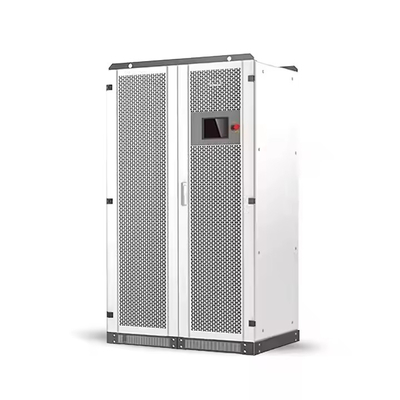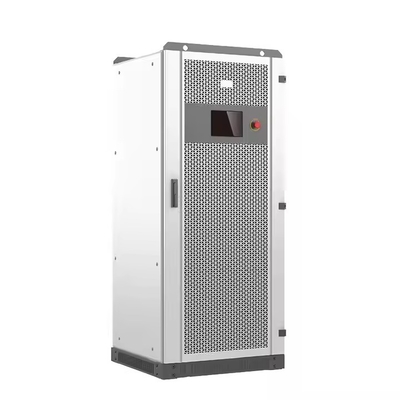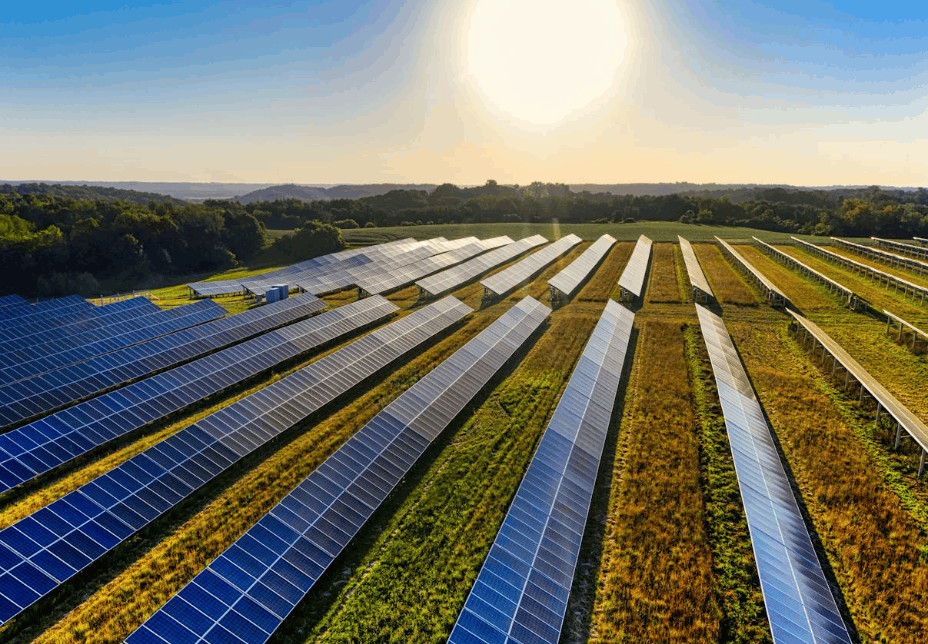Industrial-Grade Microgrid Power Solution
The MPS0100-G3 100kW three-phase microgrid inverter represents a cutting-edge solution for modern energy independence, delivering robust performance for both off-grid and hybrid energy systems. Engineered to meet the most demanding commercial and industrial power requirements, this advanced inverter combines exceptional efficiency with unparalleled configuration flexibility, making it ideal for mission-critical applications where reliable power is non-negotiable. With its sophisticated design and industrial-grade components, the MPS0100-G3 stands as a cornerstone technology for sustainable energy infrastructure projects worldwide.
Advanced Power Conversion System
-
97.5% peak efficiency rating
The inverter achieves industry-leading efficiency through its innovative silicon carbide (SiC) power devices and optimized thermal management system, ensuring maximum energy harvest while minimizing operational costs.
-
<3% THD for clean power output
Advanced harmonic suppression technology delivers utility-grade power quality that's safe for sensitive medical equipment, laboratory instruments, and precision manufacturing machinery.
-
Dual-mode operation (on-grid/off-grid)
Seamless automatic transfer switching enables uninterrupted power supply during grid outages, with <20ms transition time that prevents disruption to critical loads.
Flexible Energy Integration Capabilities
-
250-850V MPPT range supports diverse PV configurations
The wide voltage window accommodates both traditional 60-cell and modern high-voltage 72-cell solar panels, allowing for longer string designs that reduce balance-of-system costs.
-
420-850V battery compatibility for high-voltage lithium systems
Direct integration with high-voltage battery banks eliminates the need for additional conversion equipment, improving overall system efficiency by up to 2%.
-
110kW rapid charging capability
High-current charging architecture enables quick battery replenishment during peak production periods, maximizing self-consumption of solar energy.
Industrial-Grade Durability Features
-
IP20-rated enclosure for indoor installation
The rugged steel construction provides superior physical protection while maintaining proper ventilation for optimal thermal performance.
-
-30°C to 55°C operating range
Arctic-grade components and tropical weatherproofing ensure reliable operation in extreme environments from frozen tundras to desert climates.
-
Modular front-access design for easy maintenance
Tool-less component access and hot-swappable parts minimize downtime during servicing, with clear fault indicators for rapid troubleshooting.
Comprehensive Technical Specifications
| Category |
Parameter |
Value |
Benefit |
| AC Output |
Max. Power (On-grid) |
100kW (110kVA) |
Powers small industrial facilities |
| |
Voltage Range |
320-460V |
Compatible with global grid standards |
| PV Input |
Max. Voltage |
1,000V |
Supports future PV technology |
| |
MPPT Range |
250-850V |
Optimizes energy harvest |
| Battery |
Voltage Range |
420-850V |
Works with high-voltage lithium systems |
| |
Max. Charge Power |
110kW |
Fast battery recharge capability |
Diverse Application Scenarios
-
Remote mining operations
Provides reliable power for extraction equipment and camp facilities in off-grid locations, replacing diesel generators with clean solar energy.
-
Island microgrid systems
Enables energy independence for island communities through hybrid solar+storage solutions that reduce dependence on imported fuel.
-
Agricultural irrigation projects
Pumps water efficiently using solar power while maintaining operation during cloudy periods through battery backup.
-
Telecom base stations
Ensures uninterrupted power for critical communications infrastructure in areas with unreliable grid connections.
Certifications and Compliance
-
EN 62109-1/-2 (Safety)
Certified protection against electrical hazards, including arc fault detection and automatic shutdown capabilities.
-
EN 61000-6-2/-4 (EMC)
Meets stringent electromagnetic compatibility requirements for industrial environments.
-
NRS 097-2-1:2017 (South Africa)
Complies with South African grid connection standards for voltage and frequency regulation.
System Integration Advantages
-
Containerized deployment ready
Standard dimensions and mounting points simplify integration into shipping container-based power solutions.
-
Parallel operation capable
Multiple units can be synchronized to create larger power plants with centralized control.
-
Advanced monitoring system
Web-based interface provides real-time performance data and historical analytics for optimal system management.
Maintenance and Service Features
-
Predictive maintenance alerts
Advanced algorithms monitor component health and provide early warnings for potential issues.
-
Remote firmware updates
Software improvements can be deployed without physical access to equipment.
-
Multi-language support
Localized interfaces simplify operation for international work crews.
Financial and Operational Benefits
-
10-year design life
Premium components and conservative design margins ensure long-term reliability.
-
<2 year ROI
Energy savings and fuel displacement typically recover system costs within 24 months.
-
Scalable architecture
Systems can be expanded incrementally as energy needs grow.
Frequently Asked Questions
Q: What battery chemistries are supported?
A: The inverter is compatible with lithium-ion, lead-acid, and flow battery technologies through configurable charging profiles.
Q: Can it integrate with existing diesel generators?
A: Yes, the hybrid mode automatically synchronizes with generators for optimal fuel efficiency.
Q: What monitoring options are available?
A: The system supports local HMI, web portal, and SCADA integration for comprehensive oversight.
Installation Considerations
• Requires professional installation by certified technicians
• Adequate ventilation must be maintained around the unit
• DC wiring should use minimum 6mm² copper cable
• AC side requires appropriate circuit protection devices

 Your message must be between 20-3,000 characters!
Your message must be between 20-3,000 characters! Please check your E-mail!
Please check your E-mail!  Your message must be between 20-3,000 characters!
Your message must be between 20-3,000 characters! Please check your E-mail!
Please check your E-mail! 










